The OA
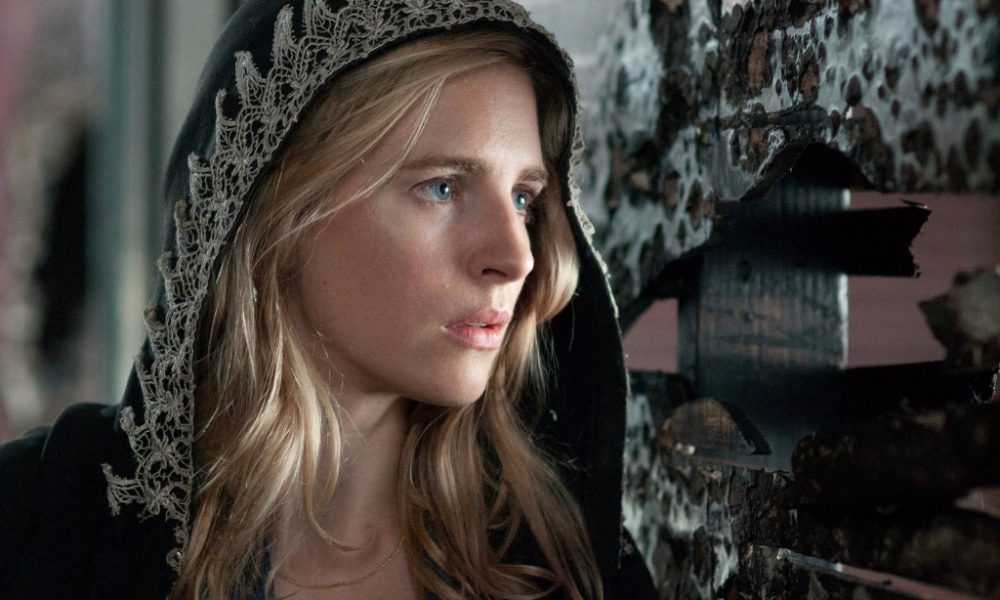
Netflix has changed how television is made. This much is true. Rather than adhering to the traditional network model of a 45-minute programme structured around adverts, showrunners are now free to do basically whatever they please. They could tell eight little tales, a big story with a bunch of little narratives running through it, or – in the case of The OA, the company’s bracing new show – just one massive story. In fact, it doesn’t really matter whether the slow-burning mystery of Prairie (Brit Marling), a blind woman who mysteriously reappears in her community after a seven year absence, with her sight repaired, is any good or not. The fact is that nothing like it has ever really been made before: something that blurs the boundaries between film and television, and questions whether they need to exist in the first place.
Well, that’s not strictly true. Before The OA came Stranger Things, which wowed critics with its eerily accurate pastiche of 80s pulp fiction; and before that came Satoshi Kon’s masterful Paranoia Agent, a self-contained anime that was every bit as accomplished as his feature films. But still, there’s something about The OA that feels different. Part of it may be its incredible ambition, which seeps into almost every facet of its production design. Created by Zal Batmanglij and Marling, its star, Netflix’s latest is initially striking for its hand-held camerawork and muted colour, typical of realist independent American cinema. The mystery of Prairie – who, after surviving an apparent fall off a bridge, refuses to tell the police or her parents what happened to her in her absence – is deepened by a Twin Peaks-y cast of supporting characters. Foremost is Steve (Patrick Gibson), a violent high school teen who finds solace in Prairie’s placid, ethereal aura; though there is also Buck (Ian Alexander), a young transgender male; French (Brandon Perea), struggling with academia and an absent mother; and Betty (Phyllis Smith), a teacher left entranced by Prairie’s apparent wisdom.
What draws them together is best left unspoiled, as The OA delights in a series of rug-pulling tricks and feints of confidence that pull apart the story’s context and put it back together in hitherto unforeseen ways. Whether this delights or incites madness – particularly as the narrative progresses – is likely down to the viewer’s patience. What is without doubt is that much of this show is very well made, with noticeably strong atmosphere and visual storytelling pulling its sometimes disparate scenes together. And while describing a television series as “novelistic” is typically a lazy critical shorthand to describe intelligent entertainment, The OA earns this classification in that it has the pacing and grip qualities of a good page turner. (It feels like something written by Stephen King, warts and all.)
Yet even if The OA fails to light up everyone’s hearts and synapses, it does promise fascinating things for the medium, where, under the light grip of Netflix, safety and security are second to mad, grand flights of televisual fancy.
Sam Gray
The OA is available now on Netflix.
Watch the trailer for The OA here:

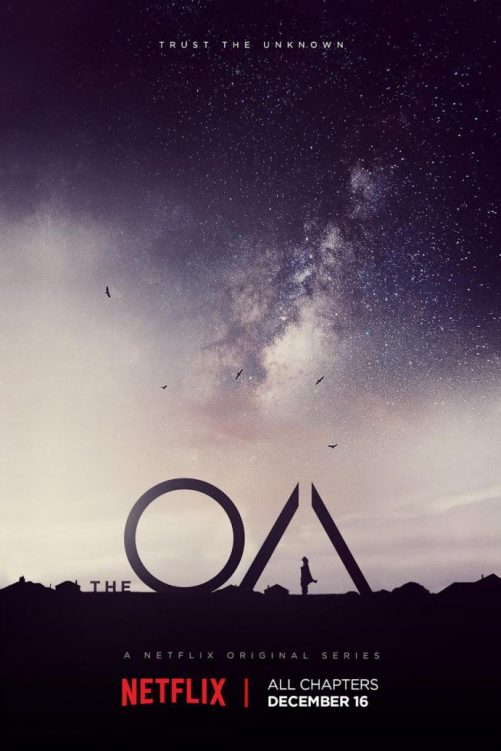




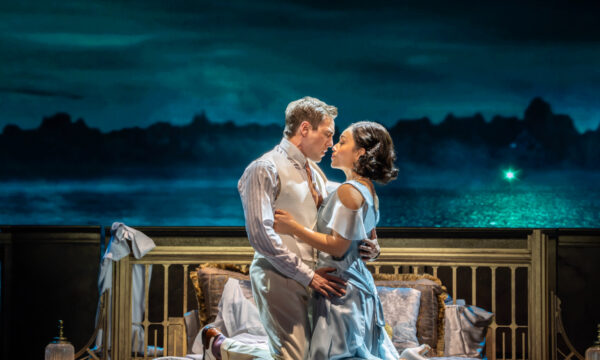
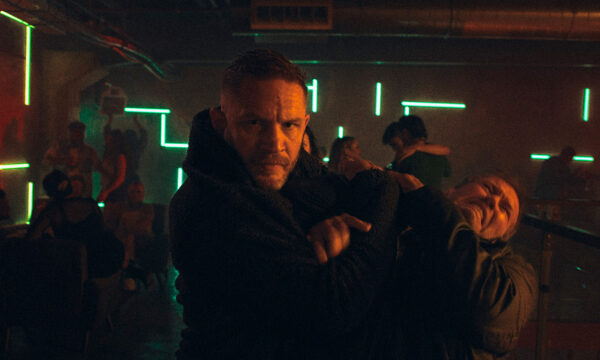
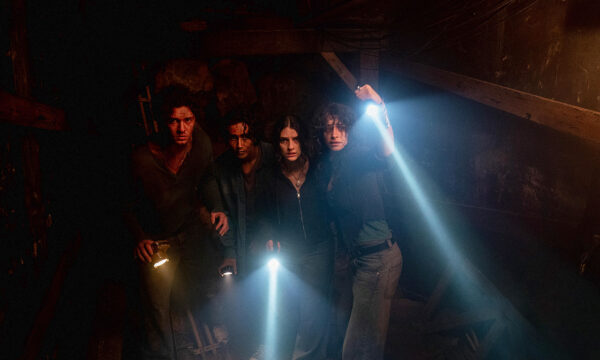

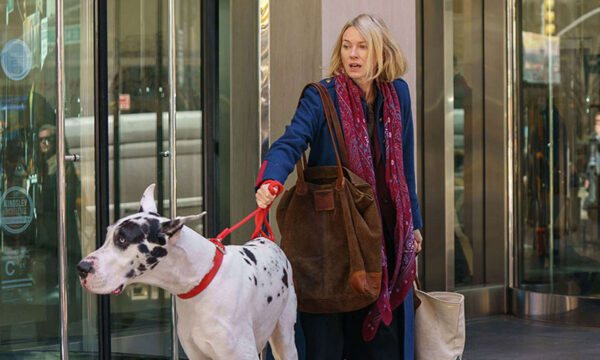














Facebook
Twitter
Instagram
YouTube
RSS